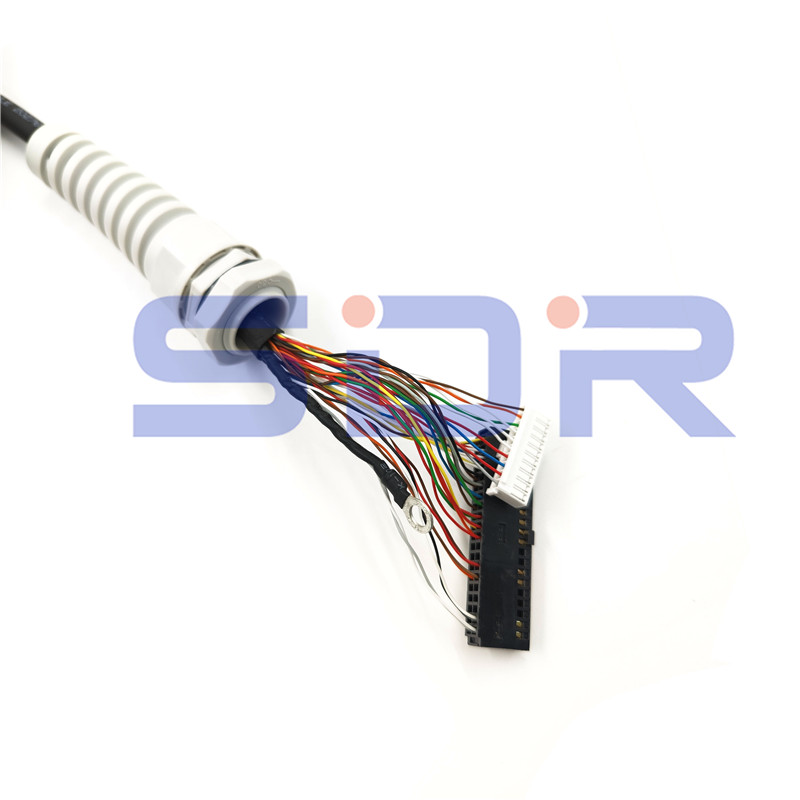With the advent of the digital age, Ethernet cables have become the key link connecting global information. These Cables are the foundation of computer networks and allow networks such as the Internet, LANs, and WANs to run smoothly. Let’s take a closer look at the origins, types, and important role of Ethernet Cables in today’s digital society.

1. Origin and development
The story of Ethernet cables begins in the 1970s. Researchers at the Stanford Research Institute are working on a reliable and efficient way to connect computers. Eventually, they came up with a protocol called "Ethernet" and implemented it using specific cables. This marked a huge leap in the field of computer networking and laid the foundation for today's Internet.
2. Different types of Ethernet cables
There are many types of Ethernet cables, the most common of which are Twisted Pair and fiber optic. Twisted pairs are divided into unshielded twisted pairs (UTP) and shielded twisted pairs (STP), while optical fibers are divided into single-mode optical fibers and multi-mode optical fibers. Each type has its own unique advantages, and the choice depends on your network's needs and environment.
UTP (Unshielded Twisted Pair): Commonly found in home and small office networks, offering flexibility and cost-effectiveness.
STP (shielded twisted pair): With a shielding layer, it provides better anti-interference performance and is suitable for some special environments, such as industrial places.
Single-mode fiber: Suitable for large networks and scenarios requiring long-distance transmission, with high bandwidth and low transmission loss.
Multimode optical fiber: Mainly used for short-distance high-speed data transmission, such as internal connections in data centers.
3. Function and application
Ethernet cables play an integral role in the digital society. Whether it's a home network or a large enterprise network, everyone relies on these cables for fast, reliable data transfer. Here are some of the main application areas of Ethernet cables:
Internet connection: Whether it’s home broadband or business-grade internet, you can’t live without an Ethernet cable. They provide us with a smooth Internet experience.
Local Area Network (LAN): In an office, school, or other institution, Ethernet cables are used to connect various devices to enable internal network communications and facilitate information sharing and collaboration.
Wide Area Network (WAN): A network used to connect remote areas and support cross-regional data transmission, allowing enterprises to work collaboratively on a global scale.
Data Center: In huge data centers, Ethernet cables are the lifeblood of data transmission, connecting servers, storage devices and network equipment to ensure efficient data flow.
4. Future prospects
As technology continues to evolve, so do Ethernet cables. In the future, we may see the creation of higher-bandwidth, lower-latency Ethernet standards to meet growing data demands. Meanwhile, with the rise of 5G and the Internet of Things, Ethernet cables will continue to play a key role in connecting the digital world.
Overall, Ethernet cables are essential infrastructure in the digital age, connecting computers, devices and people together to create a connected world. With the support of Ethernet cables, we can share information smoothly, collaborate, and jointly promote the continuous advancement of technology.